How Wireless Downloading Can Solve 5 Key Transit Video Surveillance Pain-Points
Transit agencies use video evidence to reduce liability and provide an extra layer of safety and security for bus operators and passengers. Video helps provide a clear and accurate story of events on the bus and how the bus interacts with pedestrians and other vehicles.
But video on its own, without the ability to download footage based on operator-submitted or event-based alerts, or being able to determine the status (online/offline) of your system, poses new problems and pain points for an agency.
Here are 5 key transit pain points and how Safe Fleet’s Wireless Downloading helps solve them.
1. Offline systems and not knowing they are offline
This is a common concern. Not only is it frustrating to look for footage and find it’s not there, it can be extremely costly if that footage is needed to refute a false claim. When footage is missing or damaged, an agency may not be able to dispute the claim effectively.
Safe Fleet’s wireless downloading provides a view of the health of the entire video system right down to the media files, recorders, and cameras.
2. Lost, damaged or misplaced media files
The act of physically removing video media files from buses, circulating them among office staff for viewing and re-installing them can easily result in lost, misplaced and damaged files.
Worst case is critical footage is missing and the agency bears the cost of not supplying a key piece in a defense claim. Best case is the cost of replacing a media file. Either way, these are unnecessary costs for any agency.
3. The time-consuming manual hard drive retrieval process
How much time does it take for a staff member to locate a bus, make their way out to the bus, remove the media, make their way back to the office and process the video?
How much time does it take to do this whole process in reverse, when your staff returns the video to the bus?
How many staff members do you rely on for this? How many times a day are they asked to retrieve video footage?
Do you have an idea of the cost of this exercise annually?
4. Increasing demand for video footage as evidence
The video surveillance market, in general, is growing in leaps and bounds as organizations look to safeguard people and infrastructure. Not only is this true for the transit market, but within each agency, the need for video footage is on the rise.
Thomas Dick, the Video Coordinator for Suburban Mobility Authority for Regional Transportation (SMART), servicing the Metro-Detroit area, reports high-demand for video downloads on a daily basis. To bullet #3 above, Tom specifically points out that if his team had to physically collect the drives for each video request received daily on buses located within their three bus terminals, his team would simply not be able to achieve the levels of service they are able to maintain today, for both their internal stakeholders as well as local law enforcement.
5. The need to do more with less
Virtually every organization, public or private is being asked to do more with less. In the case of transit agencies, they are being asked to provide more/better service offerings for less bottom-line, operational costs.
Wireless downloading represents one way a transit team can reduce operational costs without impacting existing service levels. This one properly implemented system can eliminate an agency’s need to waste man-hours retrieving videos, it can eliminate the ongoing costs of hard drive replacement due to constant removal and re-insertion, and it can eliminate the costs of not having footage when you need it most.
Need further proof?
Let the numbers talk for themselves. Let’s say your fleet has roughly 100 buses. Your team receives an average of 5 video download requests a day and you pay a staff member approximately $20.00 an hour to help you retrieve videos. Not even taking the cost of replacing media files into consideration, you could be looking at a savings of roughly $2,000 a month. Factor in the cost of replacing media files and you might save an additional $260 a month.

The main reason a transit fleet installs a video surveillance system is typically to minimize exposure and reduce costs. This one properly implemented system can address all the points noted above, which incidentally all lead back to the threat of additional exposure and increased costs.
To learn more about Safe Fleet’s Wireless Downloading, contact your local sales rep or watch this great on-demand webinar that explains the ins and outs of wireless downloading for transit fleets and features insight from Thomas Dick of SMART.




































